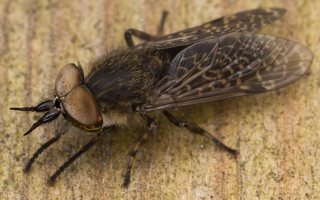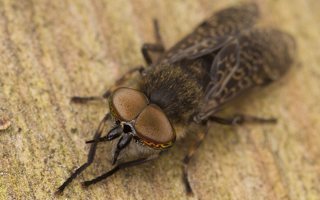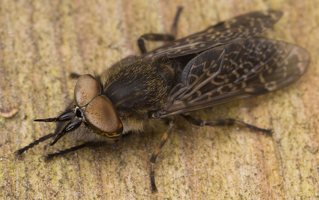- sort orderDefault
Photo title, A → Z
Photo title, Z → A
✔ Date created, new → old
Date created, old → new
Date posted, new → old
Date posted, old → new
Visits, high → low
Random - Google Map
- map
 home / Insecta · vabzdžiai / Diptera · dvisparniai / Tabanidae · sparvos / Haematopota pluvialis · paprastasis žabalis
home / Insecta · vabzdžiai / Diptera · dvisparniai / Tabanidae · sparvos / Haematopota pluvialis · paprastasis žabalis

-
 Haematopota pluvialis male · žabalis ♂
Haematopota pluvialis male · žabalis ♂
-
 Haematopota pluvialis male · žabalis ♂
Haematopota pluvialis male · žabalis ♂
-
 Haematopota pluvialis male · žabalis ♂
Haematopota pluvialis male · žabalis ♂
Haematopota pluvialis · paprastasis žabalis
- common horse fly, notch-horned cleg fly, cleg
- Regenbremse
- paprastasis žabalis
- aklenis, parastā lietene
- jusznica deszczowa
Haematopota pluvialis and Haematopota crassicornis are very similar. The males of both species have eye-bands that stop halfway up, while females of both species have eye-bands over the whole of the eyes. However, males of H. pluvialis have an orange third antennal segment. H. pluvialis has brown mottled wings whilst those of H. crassicornis are generally grey.
These horse flies can be encountered during the daylight hours from late May through late October. The males are harmless and feed on nectar, while the females feed on mammal blood, mainly cattle and horses, needing blood for developing eggs. When they bite they inject fluids inhibiting the coagulation of blood, which flows out in such a way that allows the horsefly to lap it. They are also able to bite humans painfully. Females lay their eggs at the base of grass-stems or on the surface of moist soil with a high preference for undisturbed old-field-pasture which has not been ploughed or fertilised. The larvae develop as predators in soil.
Kūnas 8–12 mm ilgio. Krūtinėlė pilka, pilvelis su šviesesnėmis juostomis, akys didelės, blizgios, raštuotos. Kojos ilgos, su geltonais ruožais. Sparnai raštuoti. Skraido vasarą pievose, ganyklose, prie vandens. Patelės siurbia daugiausia arklių kraują, skaudžiai gelia ir žmonėms. Ypač paprastasis žabalis nuožmus prieš lietų. Kaip ir kitos sparvos, gali pernešti ligas.